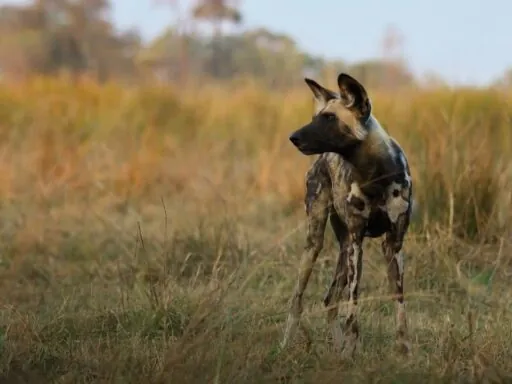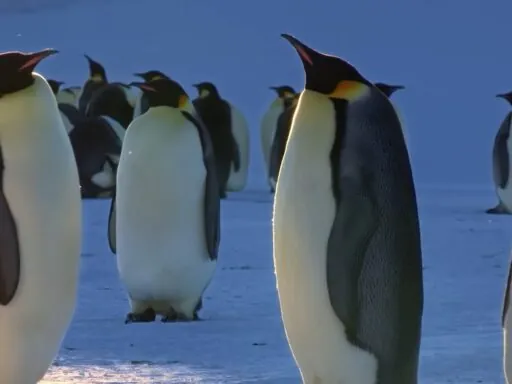Ever wondered “what is the most dangerous animal in the world?”, posing the greatest threats to human life? Brace yourself as we delve into the realm of the most dangerous creatures on the planet. From the deceptively small but deadly mosquito to the mighty and aggressive hippopotamus, our countdown of the top 10 most dangerous animals in the world will shock and surprise you. These killers come in all shapes and sizes, but they share one terrifying trait: a lethal ability to claim countless lives every year. Get ready for a journey through nature’s deadliest creatures.
1. Mosquitoes
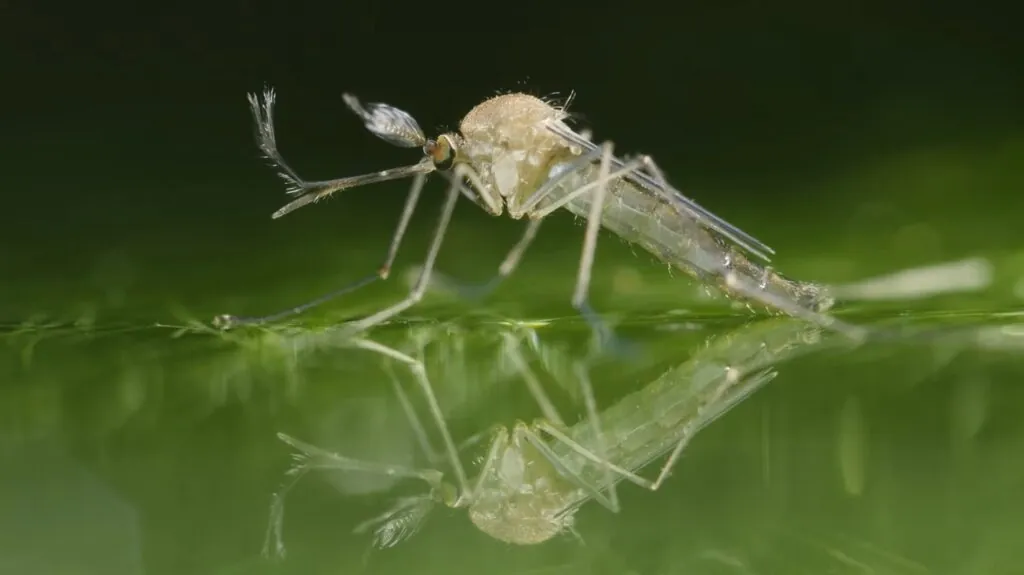
When considering the most dangerous animals in the world, the mosquito tops the list with alarming statistics. Despite their small size, mosquitoes are responsible for over 725,000 deaths annually, more than any other animal. This is primarily due to their role as vectors for deadly diseases such as malaria, dengue fever, Zika virus, and yellow fever. Malaria alone claims nearly 400,000 lives each year, predominantly affecting children under five in sub-Saharan Africa. The widespread adaptability of mosquitoes allows them to thrive in diverse environments, making them a relentless threat to global health.
2. Humans

While humans are generally considered the apex predator, they also rank among the most deadliest animals in the world. Human activities cause over 500,000 deaths annually, including homicides, wars, and accidents. Additionally, humans impact the environment and other species on a massive scale, leading to habitat destruction and extinction.
Regardless of our technological advancements, humans are responsible for significant violence and destruction, making them one of the most dangerous species on the planet. Understanding this can highlight the need for greater awareness and responsibility in how we interact with the world and each other.
3. Snakes
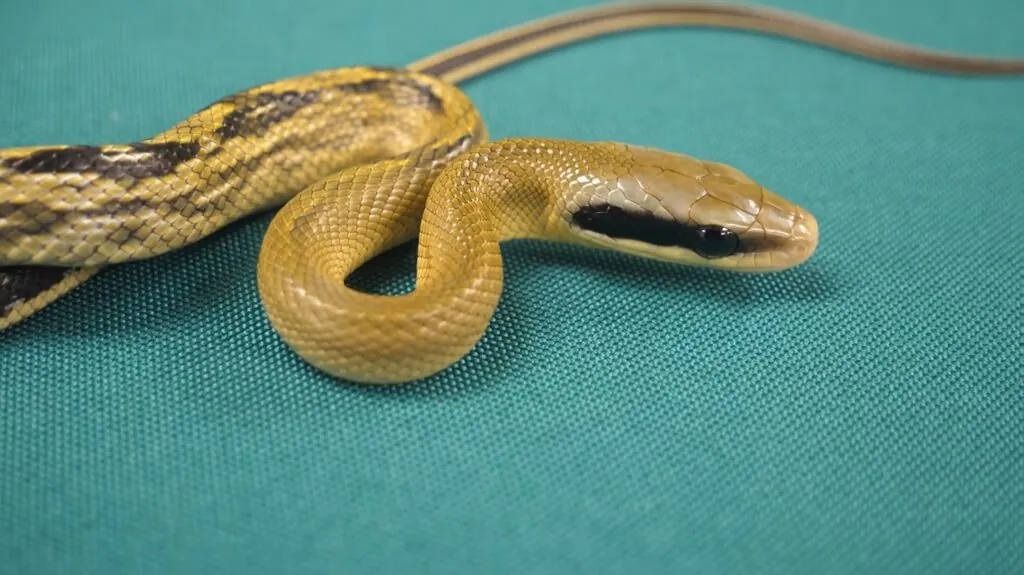
Snakes rank among the top 10 most dangerous animals in the world, responsible for tens of thousands of deaths annually. The Russell’s viper, common krait, Indian cobra, and Indian saw-scaled viper, known collectively as the “Big 4,” are particularly lethal. The Russell’s viper, one of the deadliest snakes in the world, alone causes between 15,000 and 25,000 deaths per year in India, making it the deadliest of the group due to its high bite incidence and potent venom, which can lead to kidney failure and severe pain.
The common krait is even more deadly, with untreated bites having a mortality rate of up to 80%. Its neurotoxic venom causes paralysis, which can be fatal if it affects the diaphragm. The Indian cobra, despite its fearsome reputation, is responsible for around 15,000 deaths annually across several countries.
4. Dogs

Dogs are often considered man’s best friend, but certain breeds can be incredibly dangerous, particularly when not properly trained or socialized. Statistically, dogs are responsible for about 25,000 human deaths annually, primarily due to rabies transmission. However, direct attacks are also significant. Breeds like Pit Bulls account for approximately 66% of fatal dog attacks, while Rottweilers are responsible for around 10%. Other breeds known for their aggressive tendencies include Doberman Pinschers, Bullmastiffs, and Chow Chows. Proper training, socialization, and responsible ownership are crucial in preventing these dangerous incidents.
5. Tsetse Flies
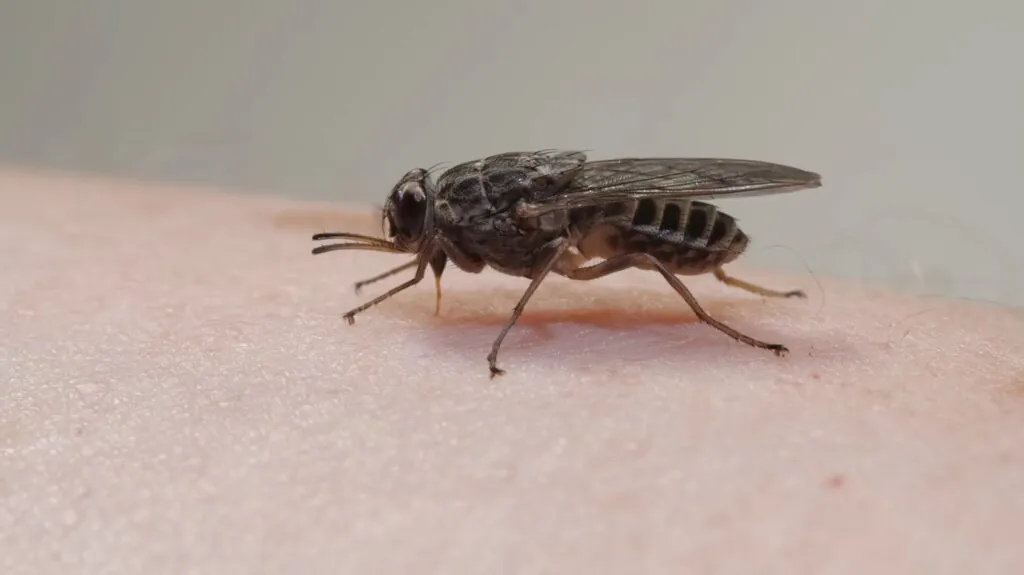
Tsetse flies, native to sub-Saharan Africa, are notorious for transmitting the parasite trypanosome, which causes African trypanosomiasis, commonly known as sleeping sickness in humans and nagana in animals. These blood-feeding insects have a significant impact on human health and agriculture, affecting millions of people and livestock. Each year, tsetse flies are responsible for around 10,000 new cases of sleeping sickness, a disease that can be fatal if left untreated.
Tsetse flies, one of the deadliest creatures on earth, are unique in their biology; they are obligate parasites that live by feeding on the blood of vertebrate animals, and their bite can inject parasites directly into the bloodstream, making them highly effective vectors of disease.
6. Assassin Bugs
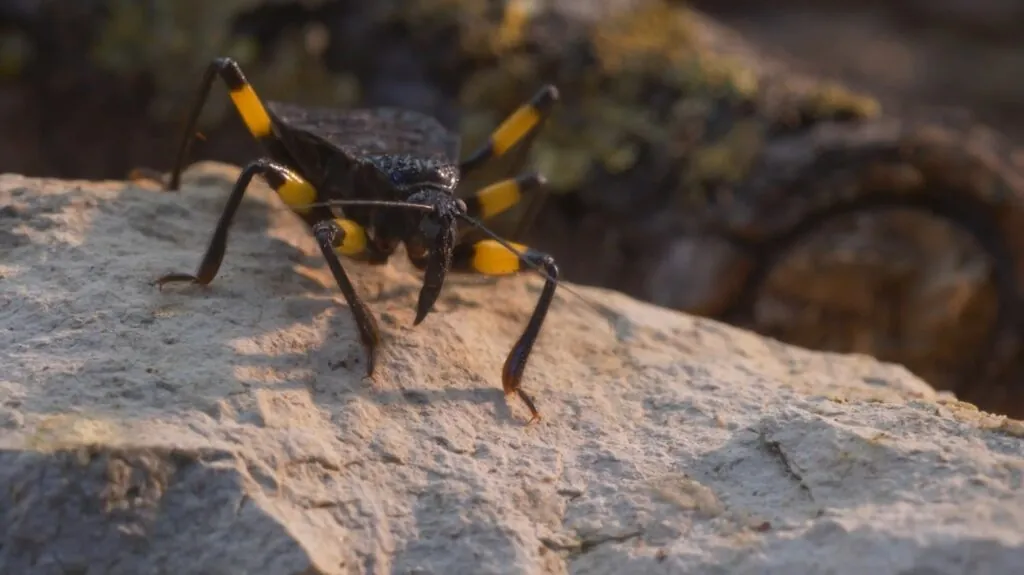
Assassin bugs, also known as kissing bugs, rank among the top 10 most dangerous animals in the world due to their role in transmitting Chagas disease. Predominantly found in Central and South America, these insects affect 6 to 7 million people globally, leading to approximately 10,000 deaths annually. Chagas disease, caused by the protozoan Trypanosoma cruzi, is a serious illness that can lead to heart failure and digestive system complications. The bugs typically bite sleeping individuals on the face, which is how they earned their nickname. Preventative measures and awareness are crucial in regions where these insects are prevalent.
7. Freshwater Snails
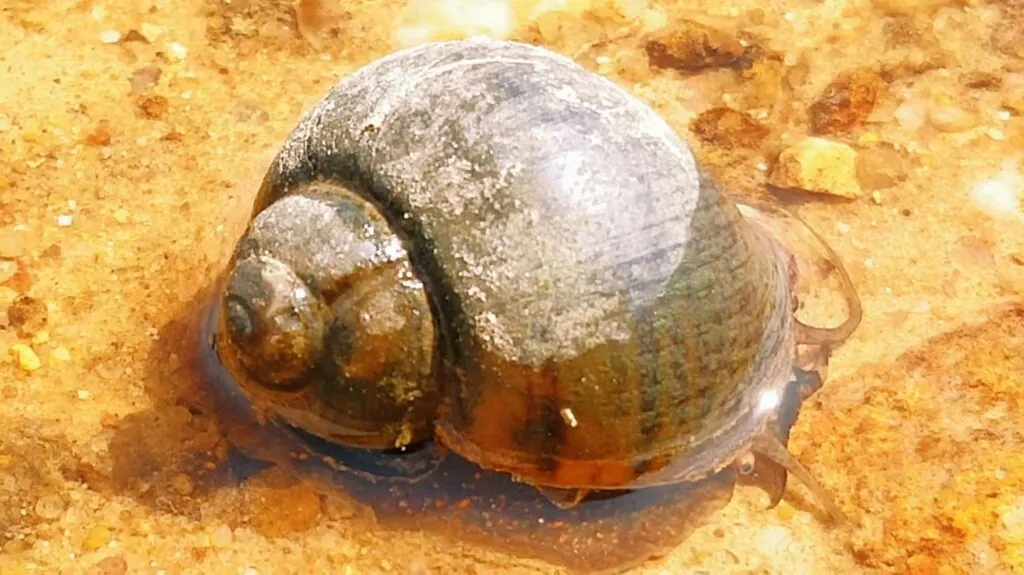
Freshwater snails, though seemingly harmless, are responsible for causing approximately 200,000 deaths each year, primarily through the transmission of schistosomiasis, a debilitating disease caused by parasitic worms. This makes them one of the deadliest animals in the world. These tiny mollusks release larval forms of the parasites into the water, which then penetrate human skin during contact with infested water bodies. Schistosomiasis can lead to severe health issues such as liver damage, kidney failure, infertility, and bladder cancer if left untreated. The impact is most severe in tropical and subtropical regions where access to clean water and medical treatment is limited.
8. Scorpions
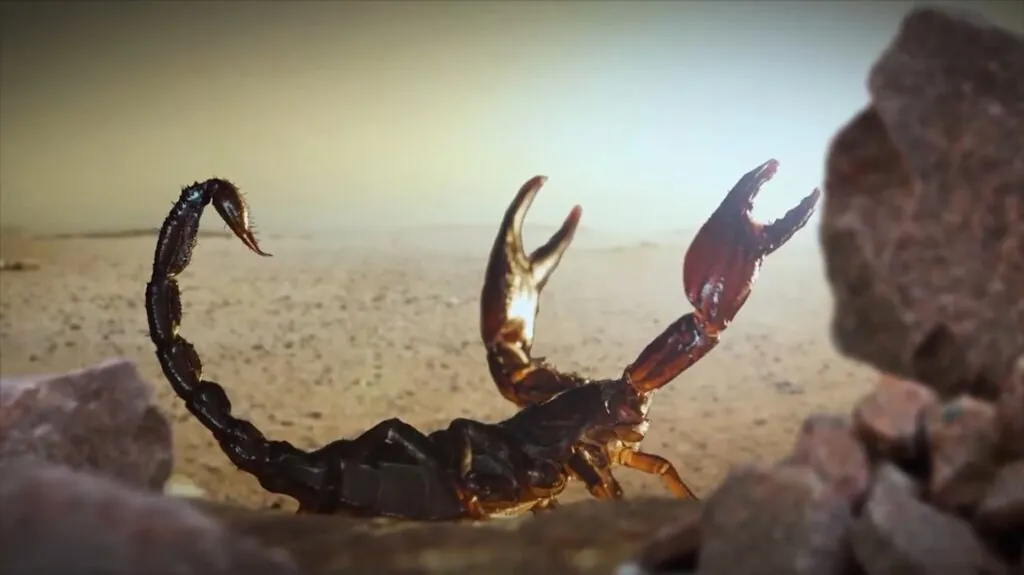
Scorpions, with their potent venom and aggressive nature, rank among the deadliest animals on earth. Approximately 3,250 people die from scorpion stings annually, primarily in regions where these creatures are prevalent. Scorpions use their curved tails, ending in a sharp stinger, to deliver neurotoxic venom that can cause severe symptoms, including paralysis, respiratory failure, and in severe cases, death.
The most venomous species, such as the deathstalker (Leiurus quinquestriatus), are particularly feared due to their highly potent venom which can kill a person if left untreated. Other dangerous species include the yellow fattail (Androctonus australis), known for its resilience and deadly stings, and the Brazilian yellow scorpion (Tityus serrulatus), which causes thousands of painful stings yearly in South America.
9. Crocodiles
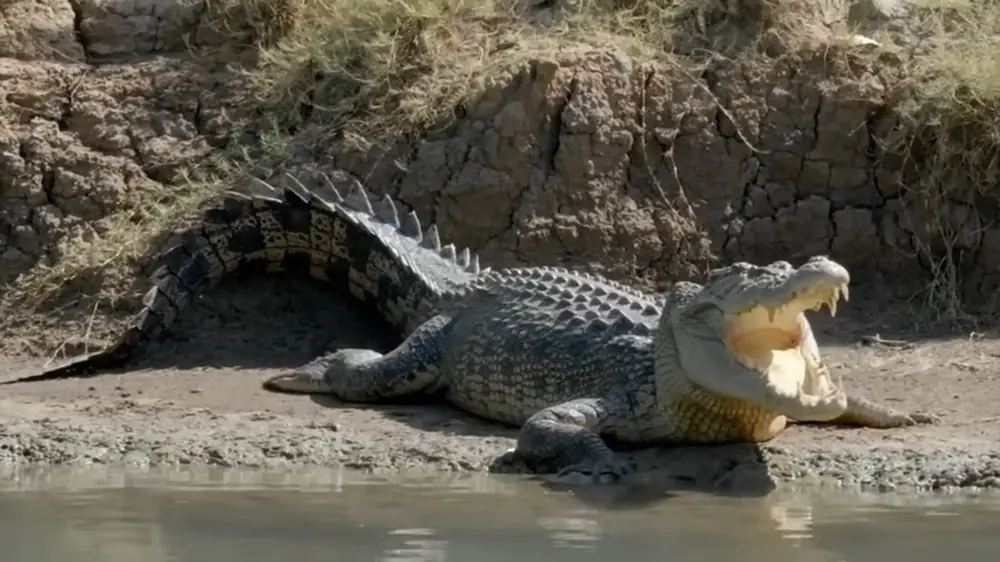
Crocodiles are among the top 10 most dangerous animals in the world, responsible for numerous human fatalities each year. These formidable predators are known for their powerful bite force and aggressive behavior. The Nile crocodile, native to sub-Saharan Africa, is particularly notorious, with an estimated 745 attacks on humans annually, about 63% of which are fatal. They can grow up to 20 feet long and weigh as much as 1,700 pounds. Their bite force of 3,700 PSI makes them lethal hunters, capable of ambushing and drowning their prey.
Saltwater crocodiles, found in regions of Southeast Asia, Northern Australia, and India, are the largest living reptiles, reaching lengths of up to 23 feet and weights exceeding 2,000 pounds. These crocodiles are highly territorial and have been responsible for more human deaths than any other crocodile species.
10. Hippopotamuses
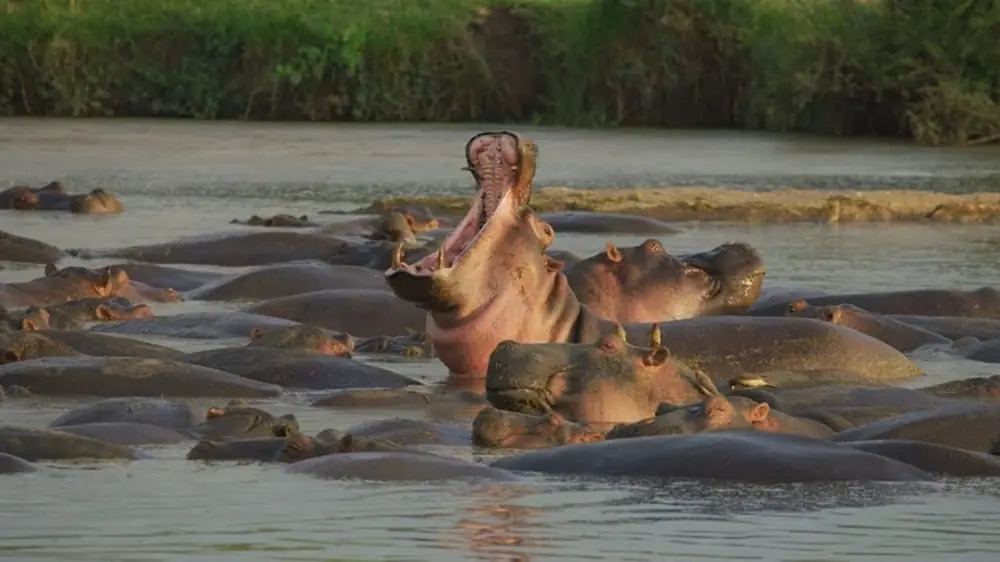
Hippopotamuses, despite their seemingly calm and bulky appearance, are among the most dangerous animals in the world, responsible for around 500 human deaths annually. These massive creatures can weigh between 3,000 and 9,000 pounds and are highly territorial, especially in water.
Hippos are known to attack boats and people who venture too close to their territory, often causing fatal injuries through their powerful bites and massive size. They can run up to 20 mph on land, easily outpacing humans, and their aggression is often unpredictable, especially when protecting their young.
This ranking of the top 10 most dangerous animals in the world is based on their impact on human mortality, either through direct attacks or disease transmission. Factors considered include the number of annual deaths attributed to each animal, the severity of the injuries or illnesses they cause, and the geographic and environmental contexts in which these interactions occur. This comprehensive approach highlights the deadliest animals on earth, emphasizing the diverse ways they threaten human lives.
